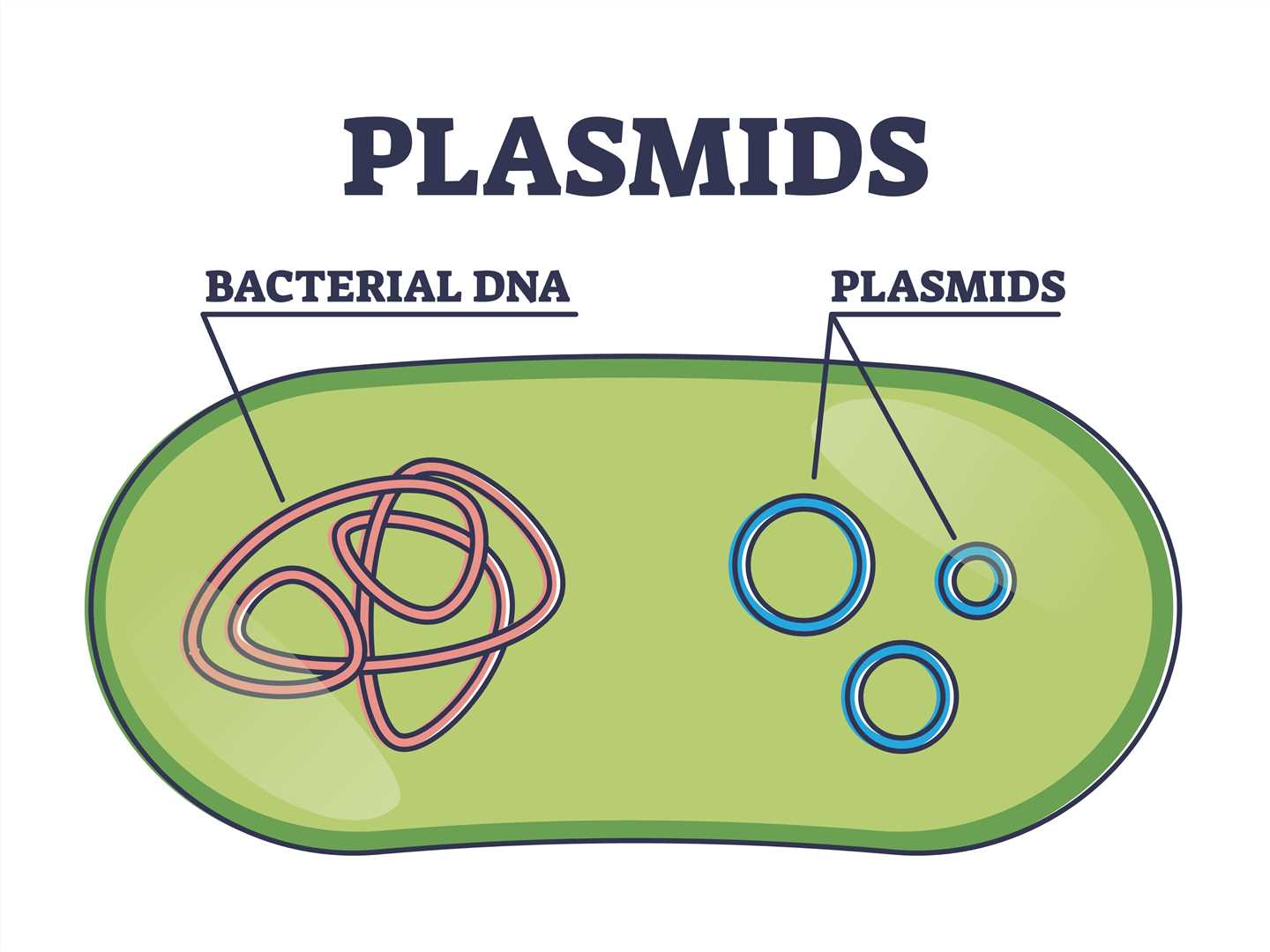Recombinant whole-cell biocatalysts are widely used for the biotransformation of valuable products. However, some of the key enzymes involved in the biotransformation process are unstable. They are not easily expressed in a functional form. Currently, a method for intracellular enzyme stabilization has been developed based on the plasmid display system. This method plays an important role in promoting the field of biotransformation. In addition, plasmid display systems have an important role in drug delivery. Based on our rich experience and advanced surface display platform, Creative Biolabs provides comprehensive in vitro display services to support the development and application of plasmid display systems.
 Fig 1. Plasmids.
Fig 1. Plasmids.
Surface display technologies are mostly based on phage display systems, yeast display systems, bacterial display systems, ribosome display systems, mammalian cell display systems, and so on. They play an important role in screening peptides, proteins, and antibodies. However, the plasmid display system is also an important display method. Plasmid display system has an important role in the field of whole-cell biocatalysts. It can realize the enhancement of enzyme activity and enzymatic properties and has important application prospects in the field of promoting biotransformation.
E. coli is generally the host of choice for the production of proteins and chemicals due to its fast growth rate, well-developed expression system, high yield, and low production cost. However, in the E. coli cytoplasm, recombinant proteins tend to interact with non-specific hydrophobic plaques, leading to the formation of inclusion bodies. To enhance the soluble expression of recombinant proteins, various strategies have been proposed: N-terminal and/or C-terminal truncation, co-expression of chaperones, and fusion protein technologies. However, these methods still have many drawbacks. A study reported a novel whole-cell biotransformation process based on the plasmid display system. This technique was able to enhance the production of 2'-FL and 3-FL, which were catalyzed by Pedobactor 1,2-FT hydrochloride (PsFL) and Helicobacter pylori 1,3-FT (HpFL), respectively. Soluble and stable expression of PsFL and HpFL in E. coli was achieved by plasmid demonstration of in vivo immobilization of the enzymes. The results showed that intracellularly immobilized enzyme systems using Oct-1 fusion proteins significantly improved whole-cell biotransformation efficiency.
In addition, peptides capable of contacting cytoplasmic solutes are potentially valuable for non-viral-mediated gene and drug delivery applications because these peptides can be easily coupled to a wide variety of cargoes, including fluorescent dyes, proteins, enzymes, antibodies, DNA, phage particles, liposomes, and nanoparticles. Peptides with this activity are called cell-penetrating peptides. Plasmid display is a conceptually simple and underutilized method of biomolecular binding. In this method, members of the peptide library are expressed as fusions to the structural domains of DNA-binding proteins, allowing the peptide to bind non-covalently to its encoded expression plasmid. A study identifies a novel cell-penetrating peptide from a randomized peptide library based on therapeutic display technology. A new cell-penetrating peptide, named SG3, was identified after four rounds of selection on PC12 cells by displaying a randomized 14-mer library on a plasmid display vector. Peptide function was verified by fusion with GFP and a pro-apoptotic death peptide (BH3 structural domain from the Bak protein). Functional delivery was confirmed in both PC12 cells and primary astrocytes. The sequence of the SG3 peptide differs significantly from other known cell-penetrating peptides, demonstrating the potential for identifying novel delivery peptides using PD and combinatorial protein engineering approaches.
Creative Biolabs has a wealth of knowledge and experience in in vitro display technology. We would be happy to share with you our knowledge and experience related to plasmid display systems.
All listed services and products are For Research Use Only. Do Not use in any diagnostic or therapeutic applications.